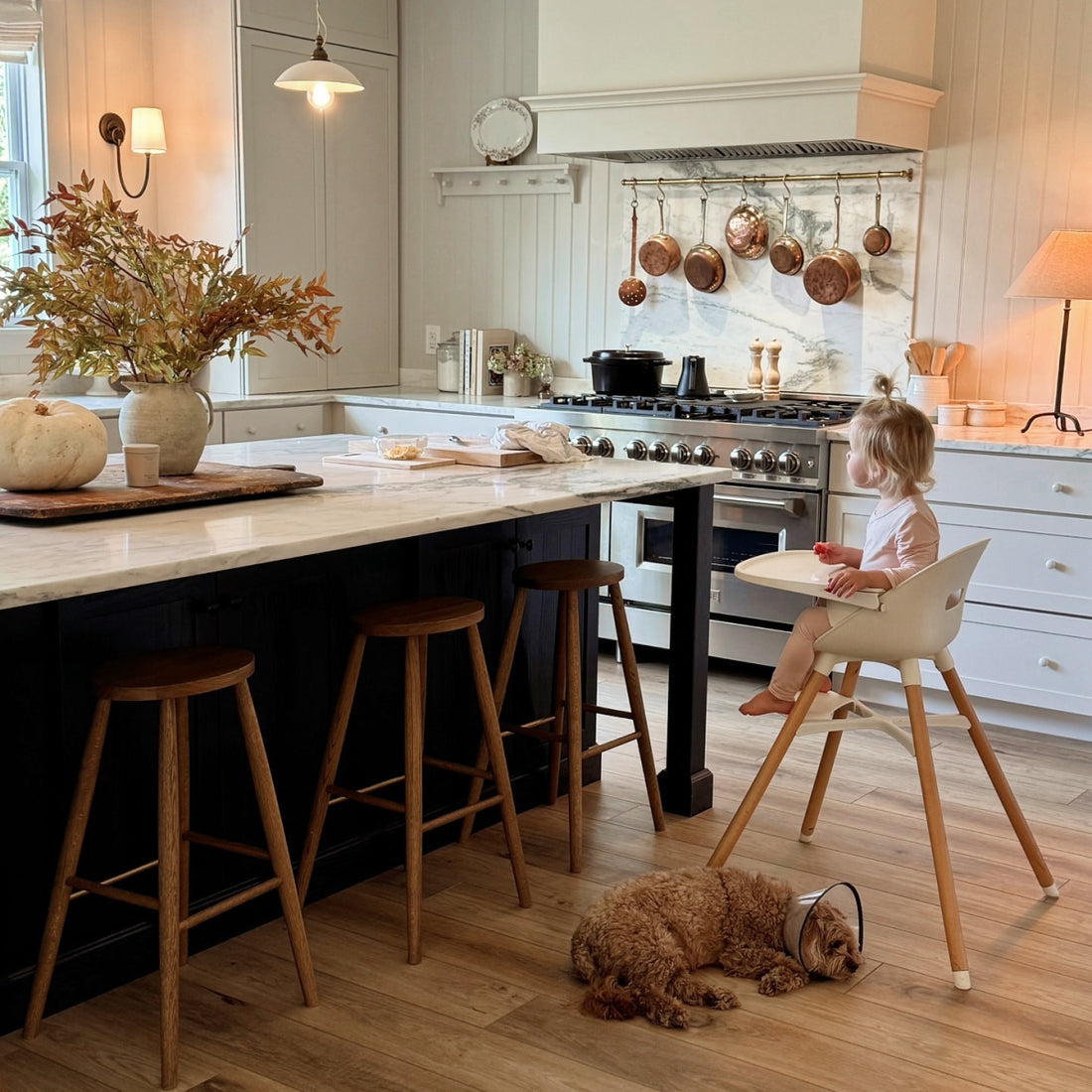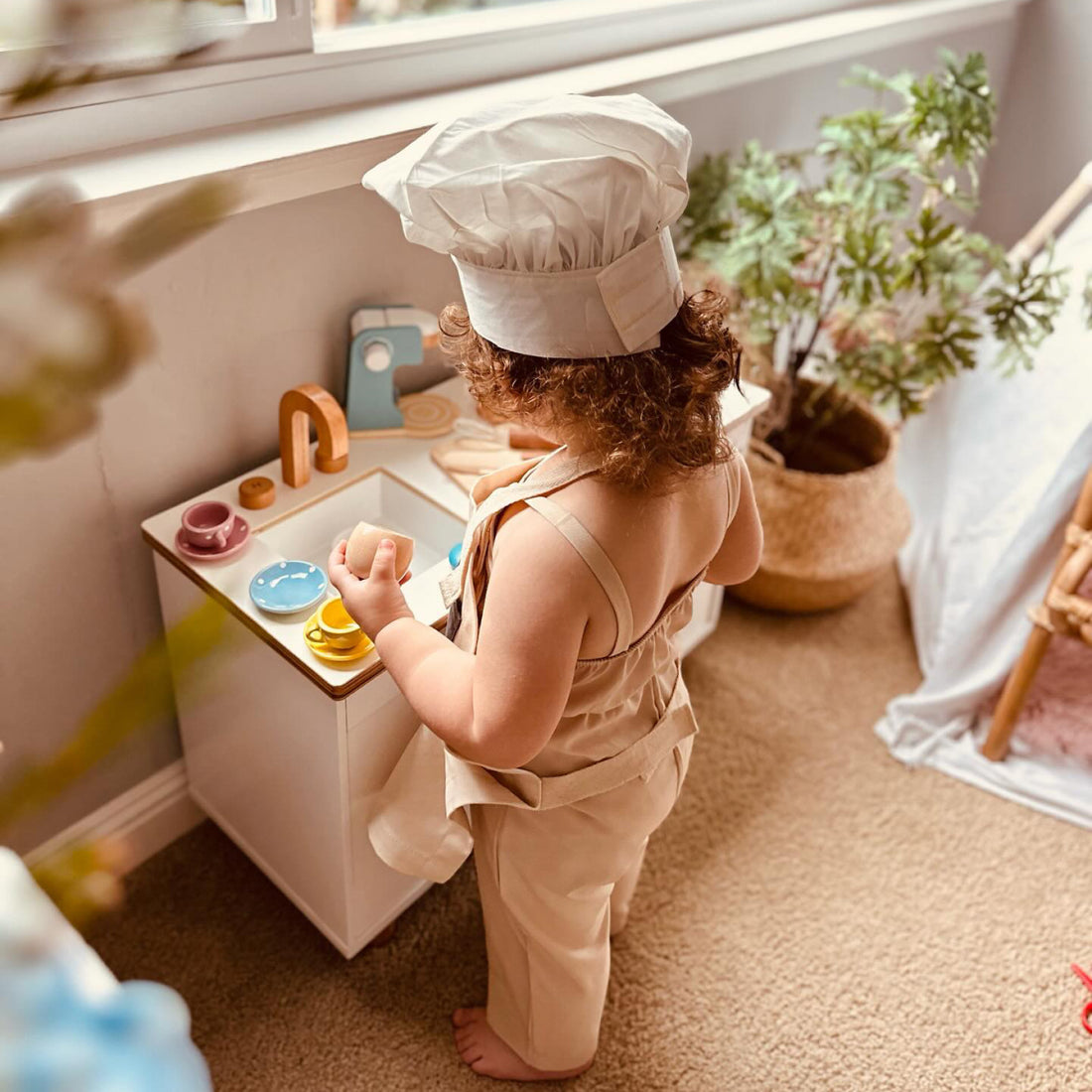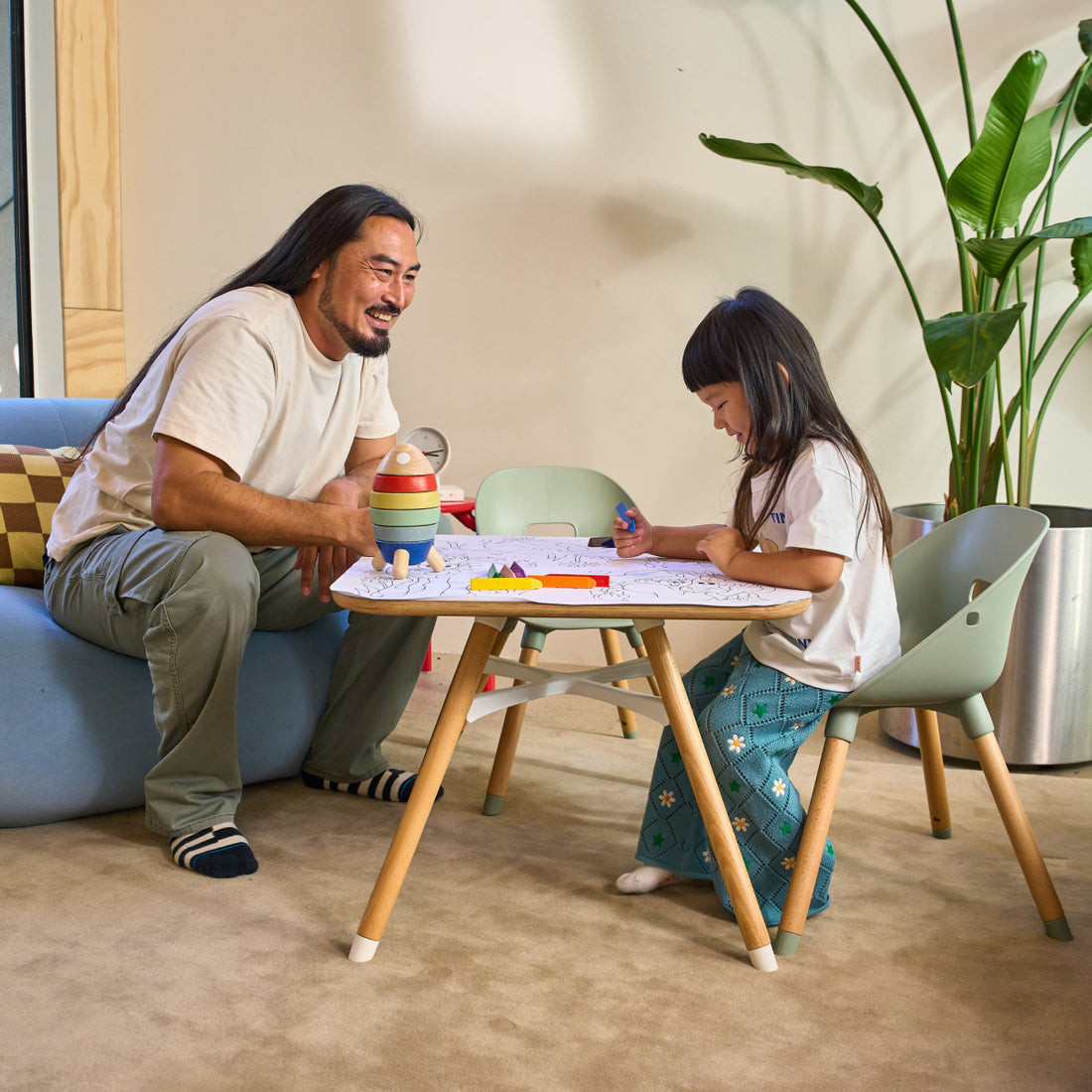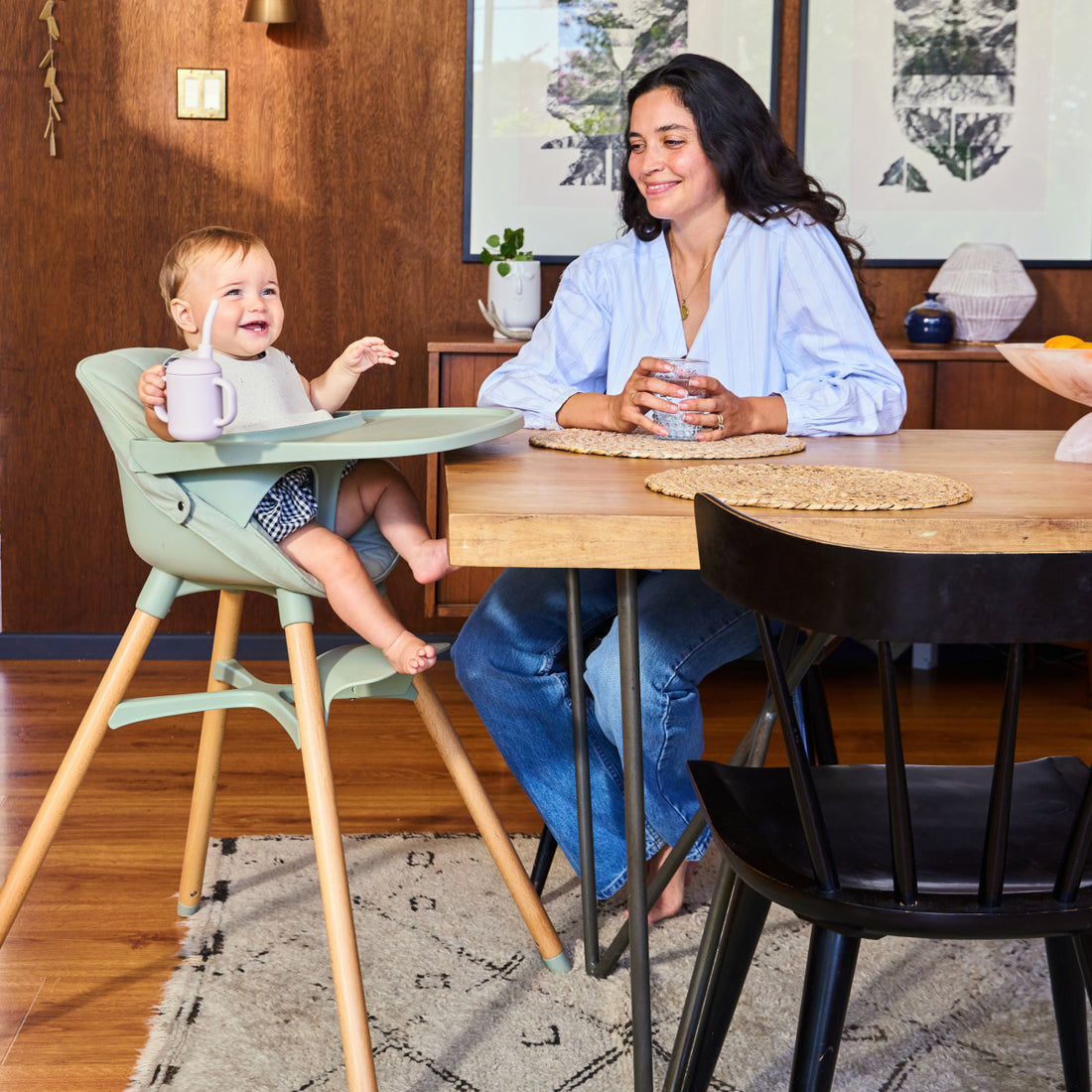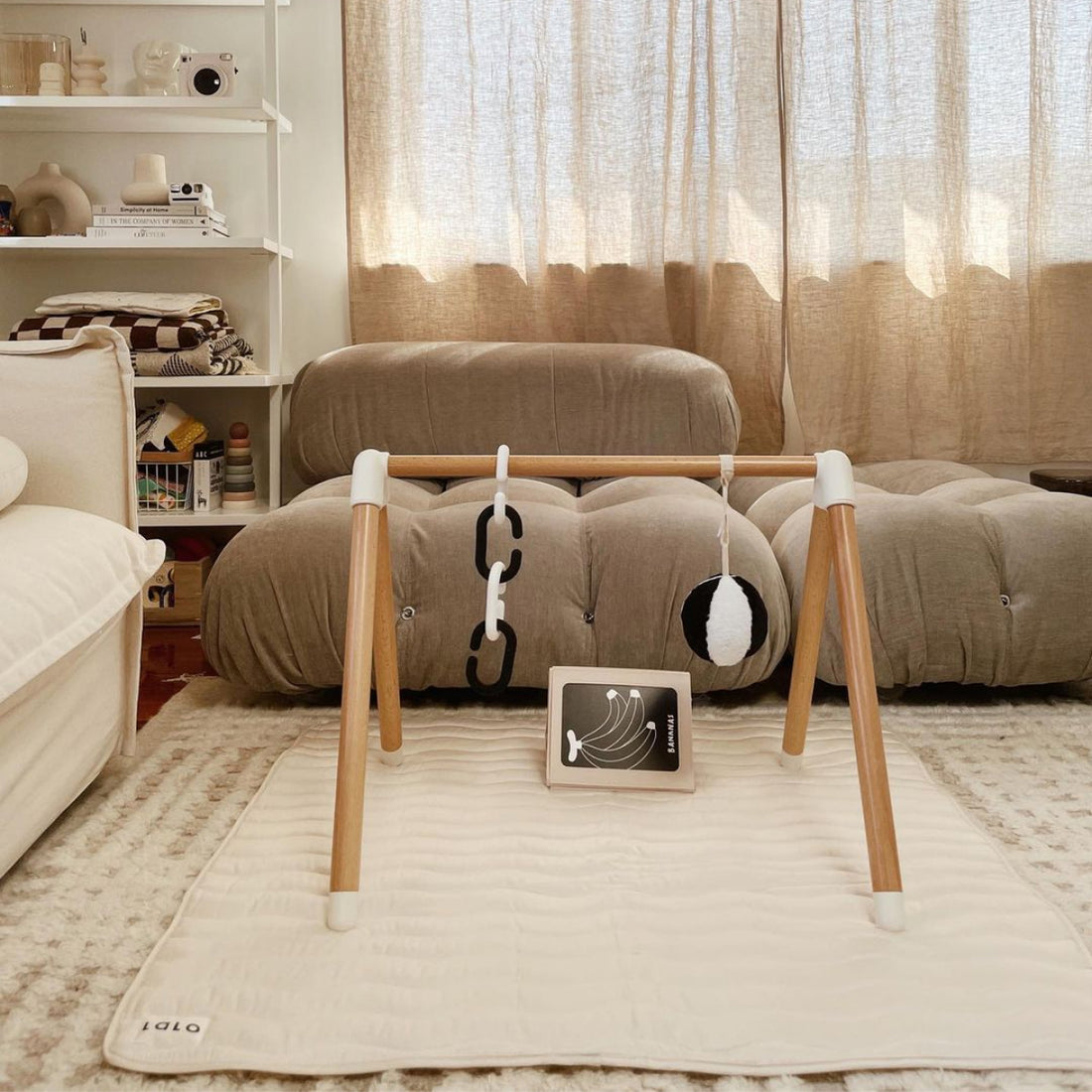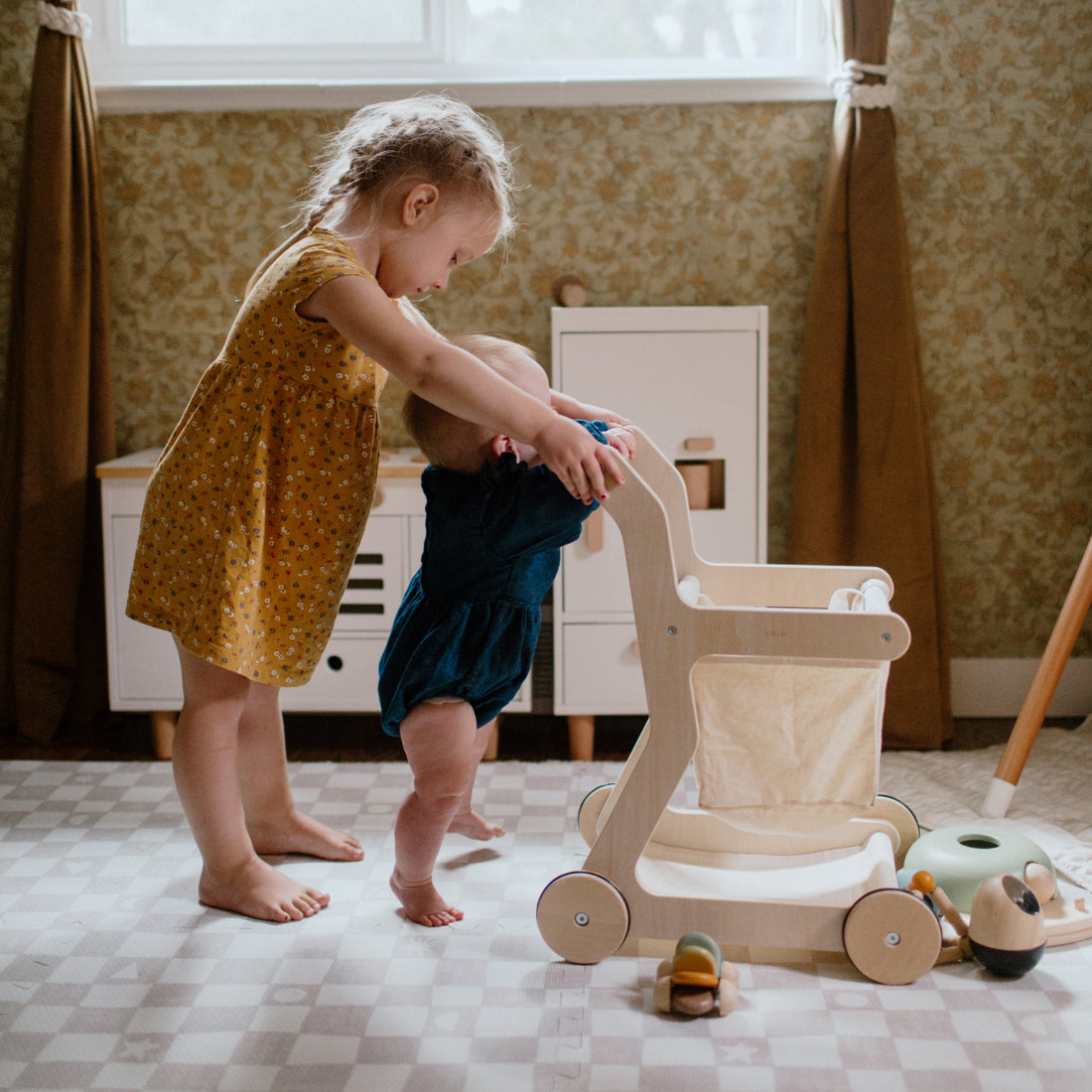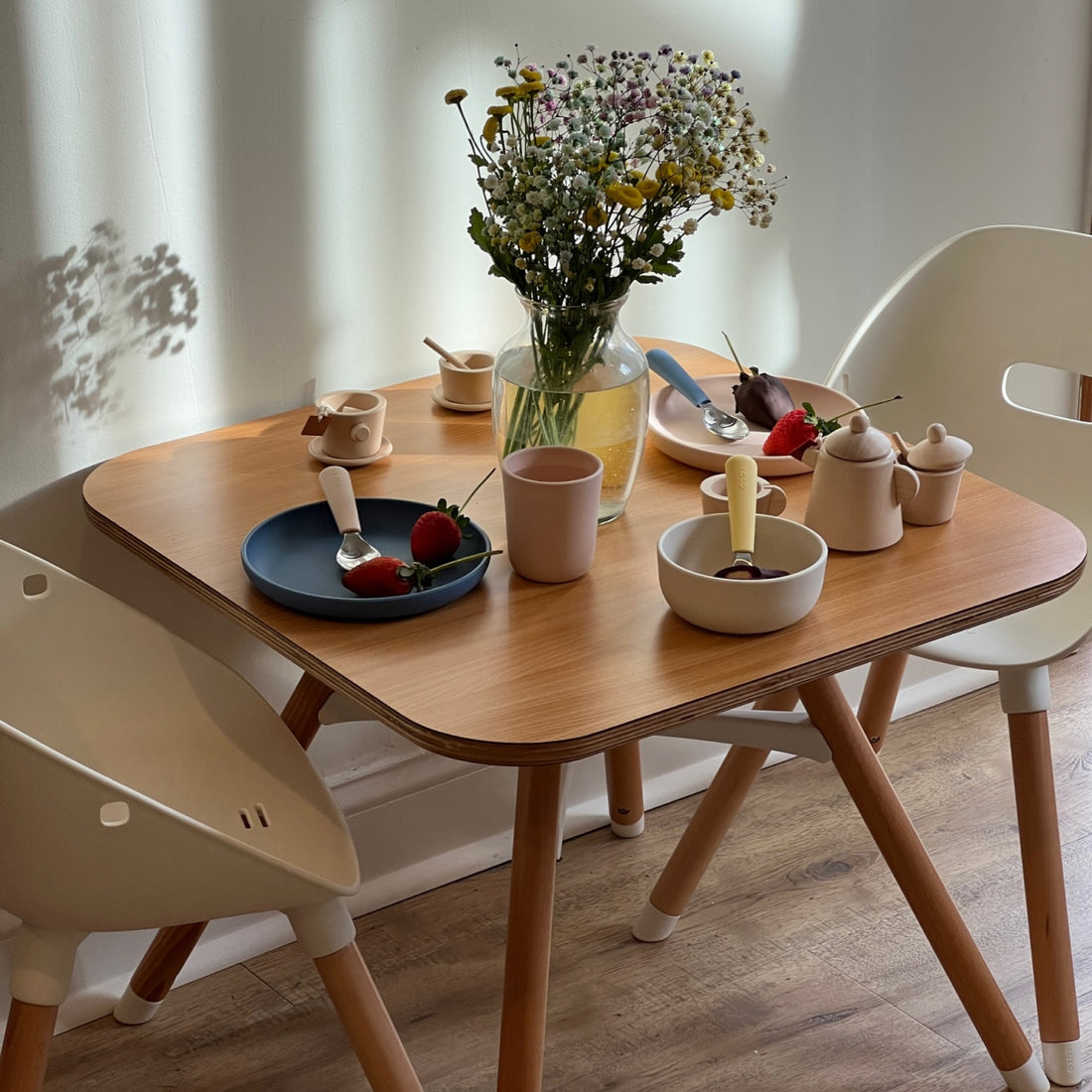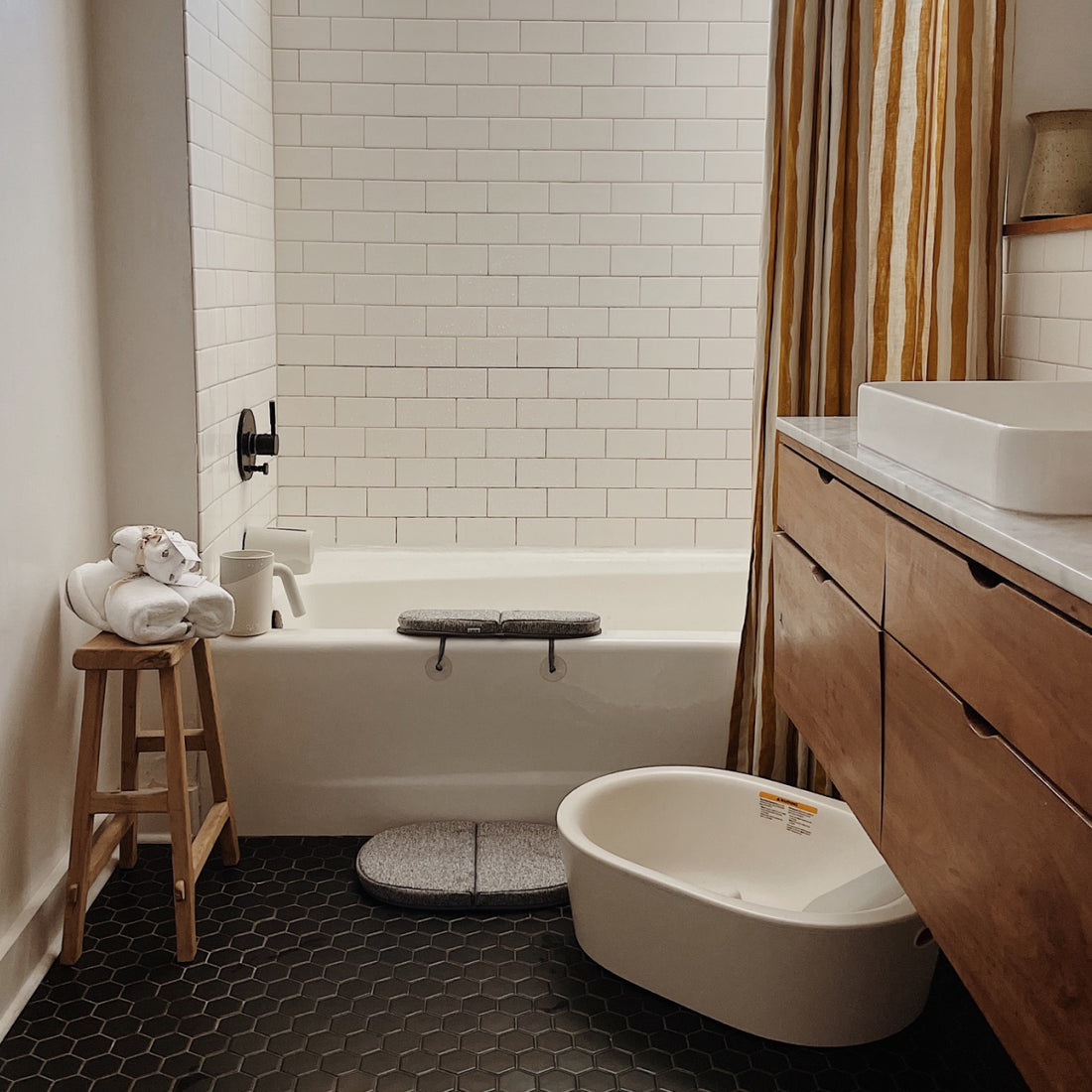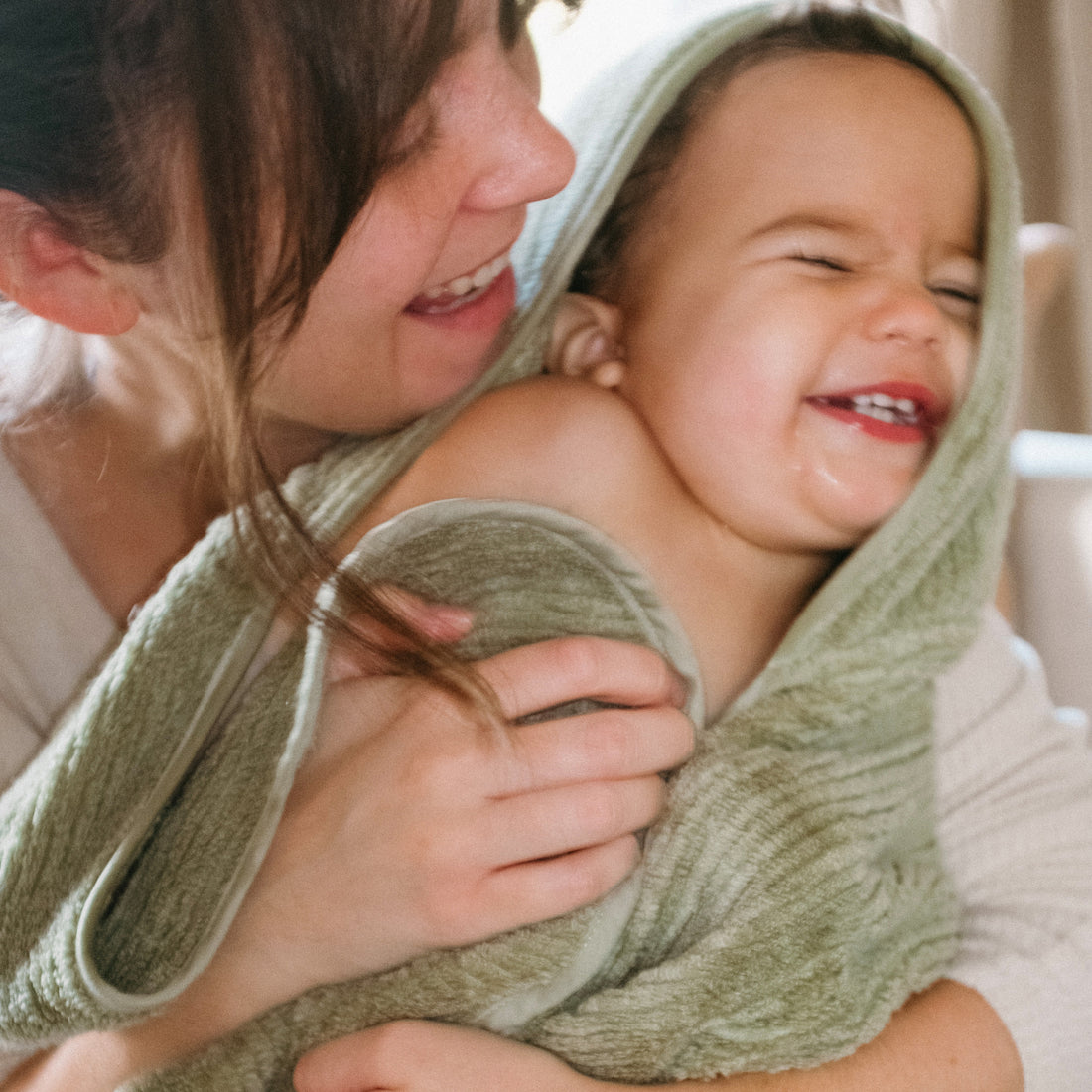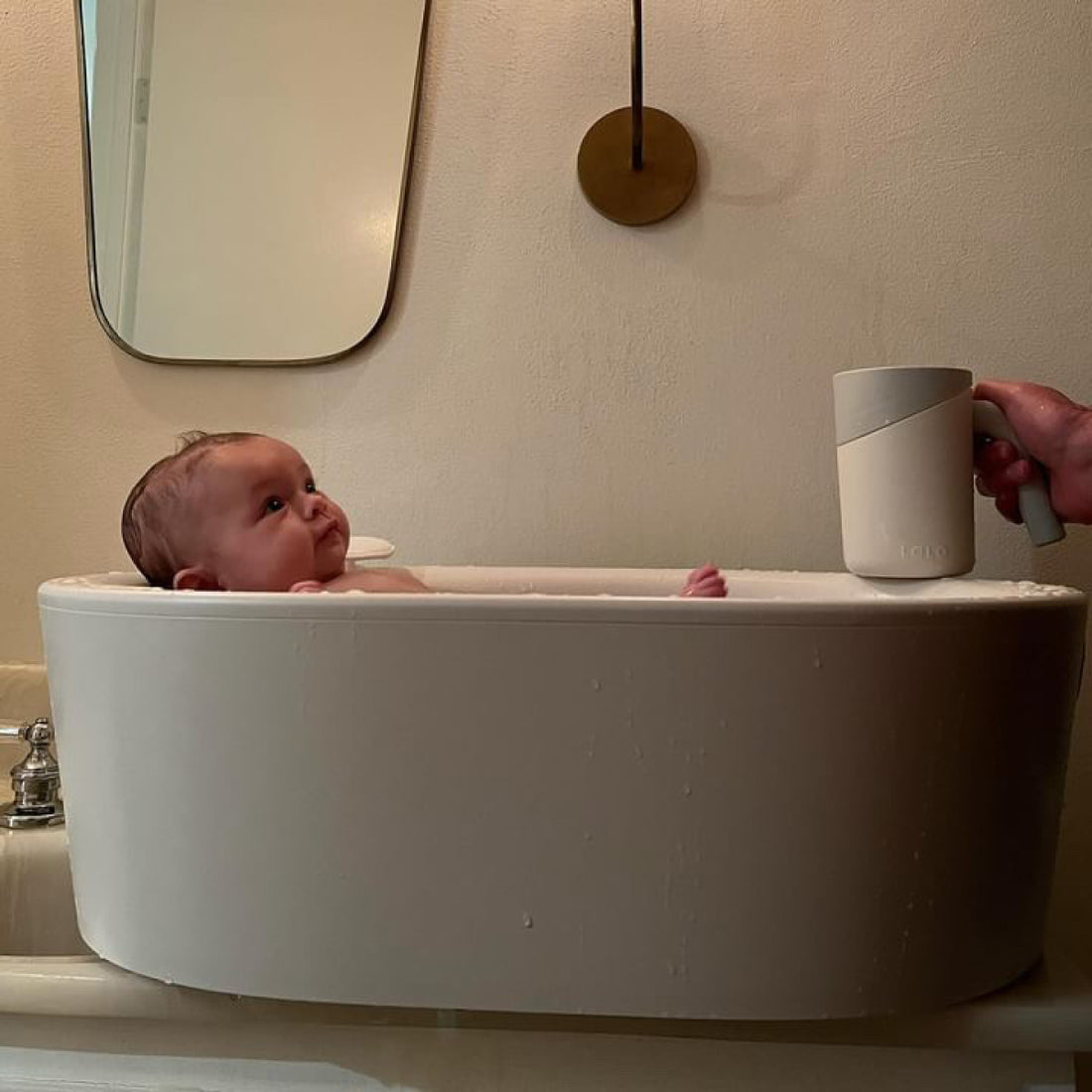by Brittany Sheehan, LA based Sleep & Potty Consultant
If there is one time a year parents are guaranteed to be inundated with tips and tricks to help their babies and toddlers sleep, it’s around Daylight Savings. Dare I say it’s the Super Bowl of our industry. So many ideas! Hacks! Magical nightlights and swaddles and mantras! So many ways to manipulate a bedtime by mere minutes for mere weeks - all promising to save your sanity! But - what if I told you the best advice you can get is to do absolutely nothing that day? Or even in the days leading up to it? What if I told you that Daylight Savings isn’t the problem…..is everything that comes weeks and months before that we need to address? If you want to make daylight savings a non issue, here’s what you can do today - long before that dreaded time change arrives.
Tips
-
Stick To A Schedule - Starting with the most important one here. The reason Daylight Savings feels so scary to parents is often because their babies or toddlers are already waking up too early. If your child usually wakes happily at 7, then them waking happily at 6 and babbling to themselves is not life changing. But if you’re clinging on for dear life to a screaming 5 AM alarm, then a screaming 4 AM wakeup IS (at least in that moment) life changing - and not in a good way. Having a consistent bedtime, wake time, and nap schedule will make any slight changes much more bearable.
-
Stop Using Blackout Curtains - I know! I know. Everyone tells you to use them, and I’m so sorry I’m catching you after the fact. But now is the time to stop. If you condition your baby to expect complete darkness, and then daylight savings (or just the change of season) alerts that darkness, we are in a bit of a pickle. And don’t even get me started on what happens if you go on vacation and the Air BNB has NO window treatments of any kind. No duct taping down the windows with construction paper on my watch! Just a simple shade, blind or curtain is fine. The room should feel darker when it’s sleep time, but does not need to be blacked out. A baby who is used to slight variances in light while sleeping is an adaptable one!
-
Put Your Baby Down Wide Awake (Like…WIDE Awake) - Imagine you fell asleep in your bed and woke up in a hotel. You’d be freaked out, right? That’s how a baby feels when they fall asleep nursing, enjoying a bottle, or being rocked. You transfer them, pray they don’t jolt awake, army crawl out of the room, and when they do wake up, they are UPSET. “Where did that lovely bottle go?! How can I sleep without it?!” If your baby wakes up in the same place they fell asleep in (cozy in their crib), they’re much less likely to have that response. This matters when it comes to Daylight Savings! If a baby does wake up earlier in the AM that first day, their instinct is not to scream (because they’re missing that boob or they see some sunlight.) They are in their familiar crib and are a-ok with it.
-
Make The Bedroom A Happy Place - Along the same vein as #3 here. We want waking up in our crib to not be a scary and alarming thing. If naps and bedtime are a dreaded battle, if simply going into their room elicits tears and protests, it’s a pretty safe bet that waking up there is not fun for anyone. While the crib or bed should be reserved for sleep, the room itself should not! Take time throughout the days and weeks before to have time spent in your child’s room - both independent play for toddlers (if we want them to be happy sleeping alone, they have to also be happy playing alone!) and together with their parents and caregivers at any age. Keep toys, books and mementos easy to access and see (screen-free, of course) and send the message that our room is a place we love, and it’s also where we rest.
-
Relax And Do Nothing - When the time comes, you’re going to be ready. Please, I beg of you, do not try to adjust your baby’s bedtime by 5 minutes for 15 days or anything even remotely resembling that. A baby who has a consistent, age appropriate schedule will go into Daylight Savings well rested. A change in light will not phase them, they will be used to waking up happily on their own and playing or falling back to sleep if it’s not time to get up. When they look around the room - they'll remember they love it here! And will know that their parents or caregivers will be coming in when it’s time to get up with a big smile, just like they do every day. You continue on your regular schedule (don’t adjust a thing!) and you’ll be shocked. It may go so smoothly, you actually forget the time change even happened.
These tips really work, but I know they can feel intimidating if you’ve been doing things differently in the past. The good news is, it’s my full time job making it feel less intimidating for you! If you’re looking for support in making a change to your child’s sleep habits, I’d love to help you out. Head over to my website and take the sleep quiz to find out what type of support plan may work best for your family! Daylight Savings will be a non issue next year!
Meet the Expert

Brittany Sheehan is a Los Angeles-based sleep & potty consultant, and founder of Brittany Sheehan Sleep, a concierge sleep consulting agency, which has served over 1,000 happy sleepers and their families. In addition to her sleep and potty expertise, Brittany has completed post-graduate coursework & certifications from Stanford University in Child Mental Health & Development, Lactation & Infant Feeding, and Pediatric Nutrition. You can learn more about Brittany’s sleep and parenting philosophies on her podcast, The Snooze Button, and follow along on Instagram.


